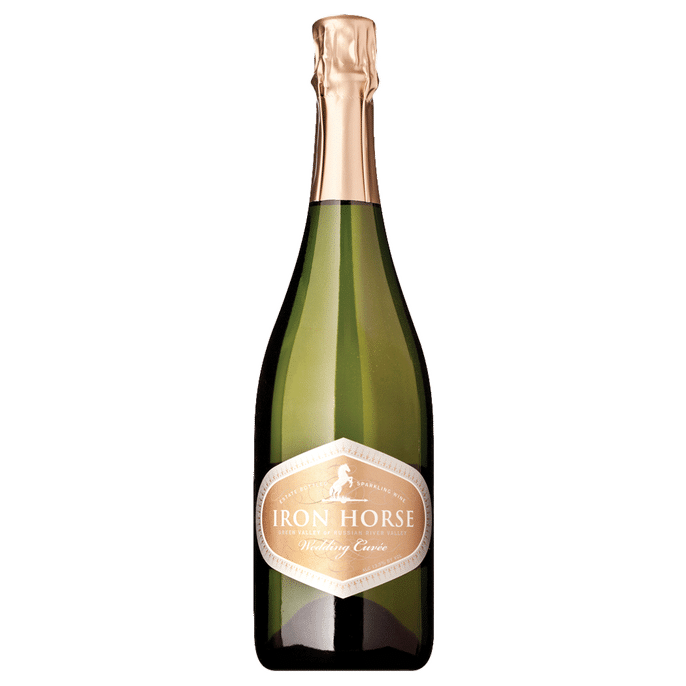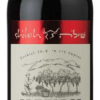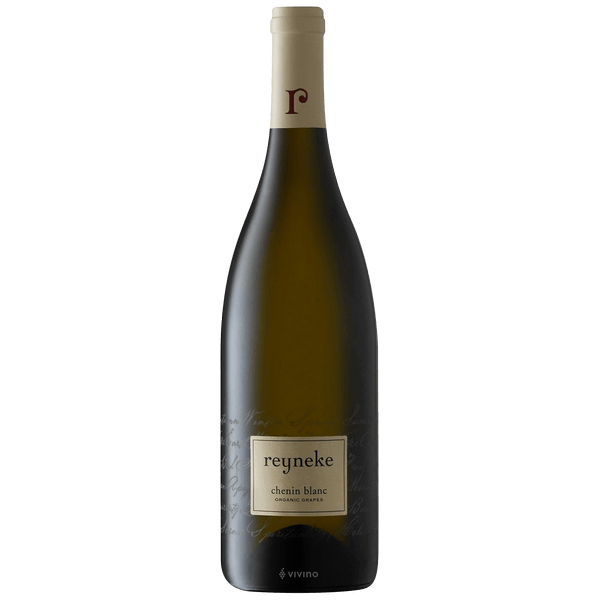2017 Iron Horse Wedding Cuvee
$42.60
Out of stock
2017 Iron Horse Wedding Cuvee
2017 Iron Horse Wedding Cuvee Ample bubbles. Lemon and peach on the palate. Acid balanced with a touch of sweetness. Creamy in the mouth. Finish long and full. A consistently quality sparkling.
Iron Horse

A pioneering estate winery founded in 1976, we handcraft California’s most celebrated Sparkling Wines. Our Chardonnays are radiant and Pinot Noir is our rising star. Experience the pleasure of visiting our tasting room in Green Valley of the Russian River Valley, where you’ll sip wines from the vineyards that spill out at your feet.
Iron Horse produces exclusively estate-bottled still and sparkling wines with a distinct “sense of place”. They are specific to the Green Valley of the Russian River Valley AVA, plus the uniqueness of our vineyard, and the vintage at hand. As a result, our wines are elegant, bright, focused, highly nuanced, and silky smooth. They exude quality, grace and optimism. Above all, we strive for balance: balance in the vineyard, balance in the glass. For us, balance equals beauty. We never resort to recipe winemaking. We pride ourselves on our history and our evolution.
Can’t get enough of our delicious wines? We invite you to join our wine club and enjoy the perks of membership. Become part of our extended family, get access to exclusive, limited production Sparkling and Still Wines, complimentary tastings, and special pricing.
Pinot Noir
Pinot Noir is the dominant red wine grape of Burgundy, now adopted (and extensively studied) in wine regions all over the world. The variety’s elusive charm has carried it to all manner of vineyards.
These extend from western Germany (as Spätburgunder) and northern Italy to Chile, South Africa, Australia, New Zealand and the USA. California, Oregon and New Zealand are arguably the greatest centers for the grape outside its home territory. However great Pinot Noir is made in all of these territories.
The essence of Pinot Noir wine is its aroma of red berries and cherry (fresh red cherries in lighter wines and stewed black cherries in weightier examples). Many of the more complex examples show hints of forest floor. Well-built Pinot Noirs, particularly from warmer harvests, suggest leather and violets, sometimes recalling Syrah.
There are two theories regarding the Pinot name. One is that it came about because their bunches are similar in shape to a pine cone (pinot in French).
It may derive, however, from a place name in France such as Pinos or Pignols from where cuttings were obtained. Pignols in the Auvergne, for example, has cultivated Pinot since the Middle Ages.
It was previously believed that Pinot Noir, Pinot Blanc, Pinot Gris, Pinot Meunier, Pinot Précoce (Frühburgunder) et al were members of a “Pinot Family” of distinct grape varieties. But DNA profiling has shown them to share the same genetic fingerprint. Thus, they should properly be considered as mutations or clones of a common variety.
Related products
Wines!
SAVE 36% 98pts Andrew Jeffords Decanter
Wines!
Save 46% 95pts Decanter 94pts Suckling 93pts Parker’s WA Drinks Like Silver Oak
95 Jeb Dunnuck | 93 James Suckling | 95 Robert Parker's






